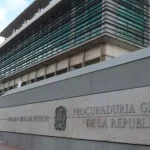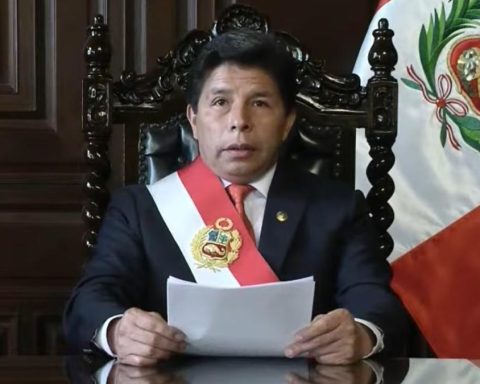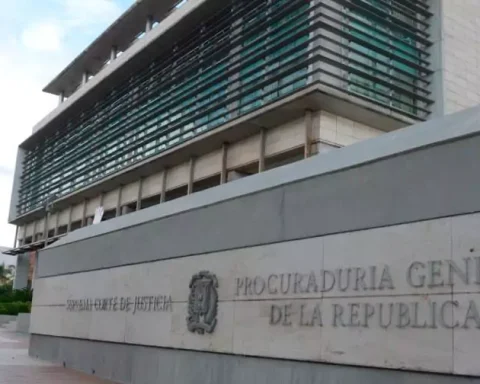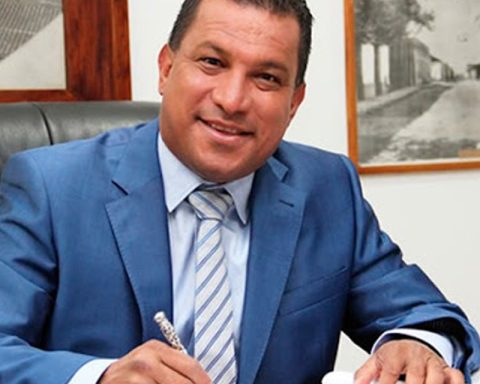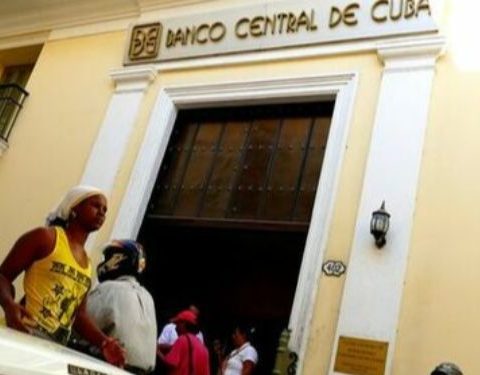The Government’s objective of financing a fiscal deficit of up to 2.5% of GDP in 2022 with a greater placement of debt in pesos and a sharp reduction in monetary issuance is achievable, analysts consulted by Télam agreed that they see room in the local market to place more debt than is duea dynamic that has already been taking place in the first tenders of the year.
The Minister of Economy, Martín Guzmán, announced that the principle of agreement for an Extended Facilities program with the IMF, which allows refinance the US$ 45,000 million debt with the agencyincludes a reduction of 3.7 points of GDP in monetary issuance of assistance to the Treasury by the Central Bank (BCRA) in 2021 to only 1 point in 2022.
The scenario poses a challenge for the Government, which will have to find alternative financing channels to accompany a reduction in the primary fiscal deficit from about 3 points of GDP to 2.5 points.
In this regard, economists consulted by Télam pointed out that this could be achieved with a combination of better interest rates by the Ministry of Economy and coordination with the BCRA, which could include changes in its regulations to take part of the money that is currently immobilized in Leliqs and Passes to Treasury securities.
“The primary deficit target of 2.5 GDP points seems more achievable. The one that is undoubtedly more demanding is the reduction of monetary issuance for assistance from the Treasury,” Equilibra’s director of macroeconomic analysis, Lorenzo Sigaut Gravina, told Télam. According to the consultant’s calculations, the Ministry of Economy this year must get between 1.8 and 2 points of the product in the local market to meet the deficit goal, which at today’s values is equivalent to about 1.2 trillion pesos.
To achieve this, the portfolio led by Guzmán should obtain funds for 117% of its debt maturities in pesos this year. “One of the keys is going to be an attractive interest rate from the Treasury,” assured Gravina.
In this sense, both the Treasury and the BCRA began to raise the yields they pay for their debt securities, with the idea of achieving positive real rates against inflation which, according to Indec data, reached 50.7% annualized to January.
In its last tender in February, the Treasury placed Discount Bills (LEDs) for May and July that paid 52.6% and 52% of TEA (Annual Effective Rate), levels very similar to the 28-day Leliq rate -the titles to which banks can access to support the fixed terms of their depositors – which was set by the BCRA last Thursday, when raised the interest rate of its monetary policy by 250 basis points to 42.5% nominal annual rate (TNA), equivalent to a TEA of 51.9%.
“Clearly the positive real rate has to be led by the Treasury and not by the BCRA. If that happens, it will not only achieve a positive net placement but also give some breathing space to the Central Bank’s balance sheet,” said financial analyst Christian Buteler.
The rate hike allowed the Government to close the first month of the year with a positive net financing of $110.4 billion (almost $300 billion were due), which implied a refinancing rate of 137%, to which another almost $90,000 was added. million that it obtained in the first tender of February
“To the extent that the Treasury raises the rate further, it will be able to take a portion of the money that is in the banks today or that they have institutional investors, by tempting them with more attractive yields than those offered by the Central Bank,” added Buteler, who considered that it is a level of indebtedness that “can be achieved.”
According to Equilibria calculations, close to $550,000 million that banks have today deposited in Leliqs could be turned over to public securities in exchange for integrating them as bank reserves, a provision that the Central enabled last year to encourage banks to provide funding for government tenders.
“If the Treasury managed to take part of that liquidity that is in the banks today, it would be a more reasonable way of financing itself than with issuance. At the same time, it would be a relief for the BCRA, which would see its debt level reduced,” Gravina said.
For the director of the Center for Argentine Political Economy (CEPA), Hernán Letcher, although it must be taken into account that part of the deficit may be financed with the contribution of international organizations such as the IDB or the World Bank for specific projects, the Central Bank it could help the financing to the Treasury to speed up if it took “regulations tending to reduce bank transfers”.
“The money to finance the deficit is but I think that with some modifications in the current regulations that process could be accelerated,” Letcher told Télam, who agreed that there is close to a point of GDP (550,000 million) that could migrate from the banks to Treasury securities to help in the deficit financing change.
“The financing scheme contemplated in the agreement with the IMF has not been resolved, but it is achievable, and it goes hand in hand with the plan to reduce the deficit,” he assured.








